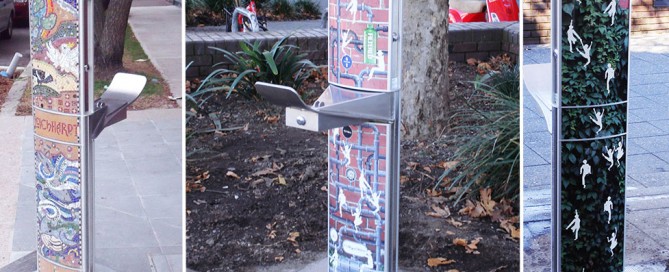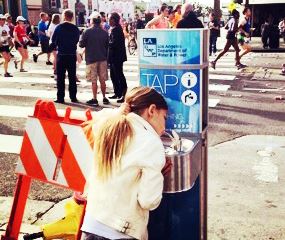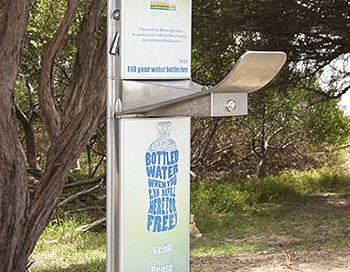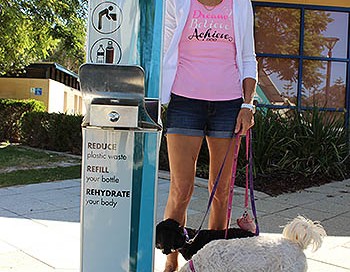Linda Mathieson
December 16, 2014
Do your employees have easy access to fresh, clean, chilled drinking water?
Dehydration is a common problem and by the time a person feels thirsty the chances are they are already mildly dehydrated. Our bodies are made up of 65% water and a loss of 1.5% of water is enough to become dehydrated.
It is an issue that bosses and HR managers should consider as employee dehydration may affect your business. The effects of this can include changes to mood and energy levels, dizziness, headaches, thirst and fatigue and this may lead to poor productivity. Severe dehydration can lead to blood clots and seizures which may have potentially fatal complications.
Symptoms that indicate dehydration include:
- Bad bread due to a lack of saliva
- Muscle cramps as a result of overheating
- Dry skin as there is not enough water in the blood
- Sweet food cravings due to a lack of water needed to release some glycogens from your energy banks
- Headaches due to the fluid sack in your skull not having sufficient water and this may cause the brain to push up against the skull causing headaches
You are probably thinking that it is up to the employee to ensure they remain adequately hydrated, and it is if drinking water is readily available, but by the time thirst hits, it is too late and could result in a negative impact on your business. We have all suffered from dehydration at some point without even realising it especially when we are very busy so it is important to address the issue of dehydration in the work place.
Employees working in factories, workshops and large facilities where the work can be hot and strenuous are more likely to become dehydrated. Raise the problem of dehydration with you staff and educate them on the benefits of drinking water and eating well.
Tips to help keep your employees hydrated
- Give them easy access to drinking water throughout the day
- Supply reusable water bottles
- Install a water cooler or refill station that is within easy reach
- Supply fruit as it is healthy and also contains water that can help in keeping dehydration under control






